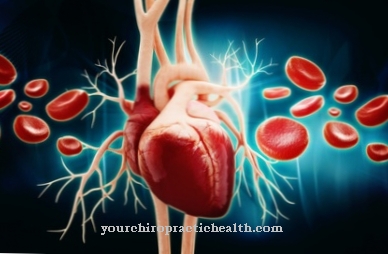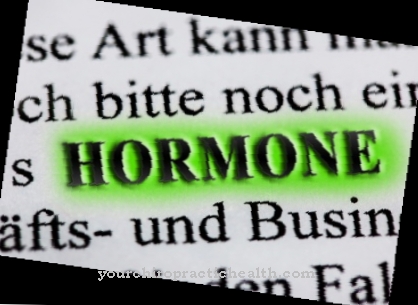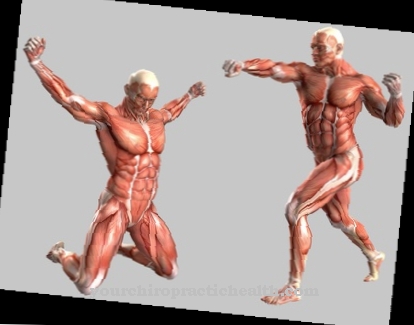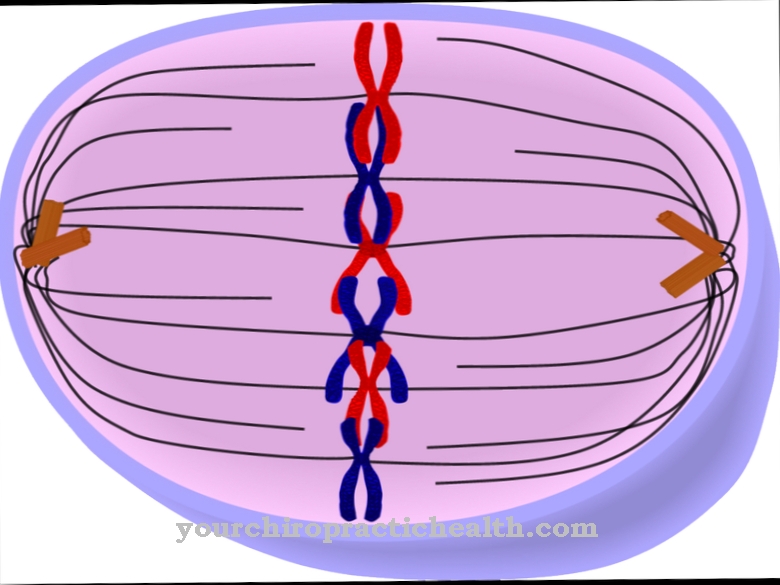In general, we divide our life into waking and sleeping phases. While we can consciously control the phases of activity in the waking state, this is not easily possible in the sleep phase. With a multitude of hormones and messenger substances, the brain controls those processes that switch the body active and inactive and keep it at that level for a certain time. Among many other scientists, the somnologists Eugene Aserinsky and Nathaniel Kleitman described the phases of different levels of activity in the sleeping and waking state. In this context, the latter developed the hypothesis of the Basic rest activity cycle, which refers to rhythmically alternating rest and activity phases.
What is the Basic Rest Activity Cycle?
The creation of the EEG (electroencephalogram) is the best way to record the activity curve of the brain during a phase of sleep, since most of the other functions it controls while awake are reduced. At the same time, the autonomic nervous system influences the activities in the brain by allowing or preventing the release of produced hormones. This can induce the brain to switch the body to activity mode or to let it rest.
This basic cycle of "residual activity" is repeated over a period of one to two hours. It is noticeable that this cycle regulates the body even while awake. The different phases of sleep are recorded and evaluated in hypnograms. Firstly, there is the sleep phase with initially lying awake, secondly the sleep phases N1, N2, N3 and (mostly) again N2, thirdly the REM phase and fourthly, after several of these cycles, the awakening after optimally several hours. Depending on the length of sleep, an average of about six sleep cycles can be observed per night, which in turn last one to two hours.
Function & task
Sensory impressions are collected by the brain in short-term storage, filtered and, if necessary, made available as long-term storage. The REM and non-REM phases are an important tool to "store" this memory content in the right place in the brain.
Rapid Eye Movement (REM) describes the strong eye rolling during the REM phase and is accompanied by intense dreams. The instinctual behavior, such as hunger and sexual desire, is regulated in the same way as stress and concentration. The REM phase only occurs after halfway through the sleep cycle. This period of time is known as the REM latency and should not be permanently below this.
It is accompanied by the following phases: Slow theta waves at the beginning of the sleep phase N1 signal the readiness of the brain to be able or to want to fall asleep. The muscle tone decreases, for example the head of a seated person falls on the chest or the arm slips off the table. The eyes begin to move slowly.
So-called "K-complexes and sleep spindles" characterize the stable sleep phase N2. The eye movements come to a standstill. Finally, during deep sleep N3, the EEG records an extra long delta wave. Muscle tone and eye movements go to zero. The share of the N-phases in the sleep duration is around 75%, that of the R-phases around 25%.
During the following cycles, the N3 phases decrease sharply in favor of the R phases. In the REM phase, in addition to the name-giving rapid eye movements, there are also slightly increased blood pressure and increased breathing and pulse rates.
Sodium and potassium are "used up" in the brain while awake. After one to two hours (for children about 50 minutes) their salary drops so much that they have difficulty concentrating. This is followed by a phase of around 20 minutes in which hardly anything can be done. At the same time, the body builds up its reserves of potassium and sodium again and another cycle of high activity follows.
You can find your medication here
➔ Medication for sleep disordersIllnesses & ailments
The autonomic nervous system, also known as the autonomic nervous system, signals to the brain that all organs are tired, including the blood (e.g. in the case of illness) and the muscles. The tissue hormone serotonin keeps the brain awake and is only active to a very limited extent in the N3, while it disappears completely in the REM. At the same time, in response to the signal from the suprachiasmatic nucleus, the pineal gland produces melatonin, which controls the length of sleep.
At the behest of the Formatio reticularis, the hypotalamus regulates the release of the hormone adrenaline from the adrenal medulla, which is responsible for maintaining tone and thus wakefulness. In addition, the eye is connected to the hypothalamus and causes a reduced production of orexin in the dark or when the eyelids are closed, which is responsible for increased alertness when awake.
The above facts result in a number of possible disruptions in their interrelationships and processes. Special nervous disorders relate to uncontrollable leg movements and the mentally caused grinding of teeth during sleep, which can lead to a disruption in the deep sleep phase. Nightmares and illnesses also put an abrupt end to these phases. B. reflux oesophagitis or respiratory arrest, which the body responds with a reflex-like wake-up signal.
Excessive cortisol release from the adrenal cortex or a reduced hippocampus impairs the necessary deep sleep phases. Dementia and depression should also be mentioned here as organic causes. External parameters such as alcohol, medication, caffeine and too little oxygen also have a negative impact on healthy sleep.



























